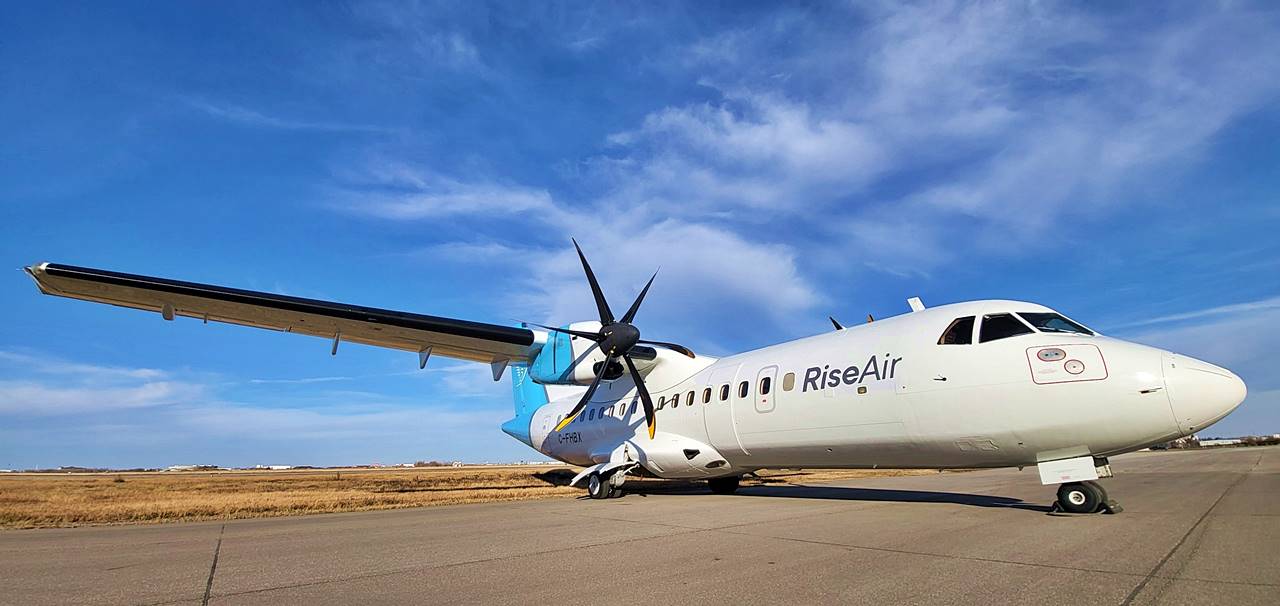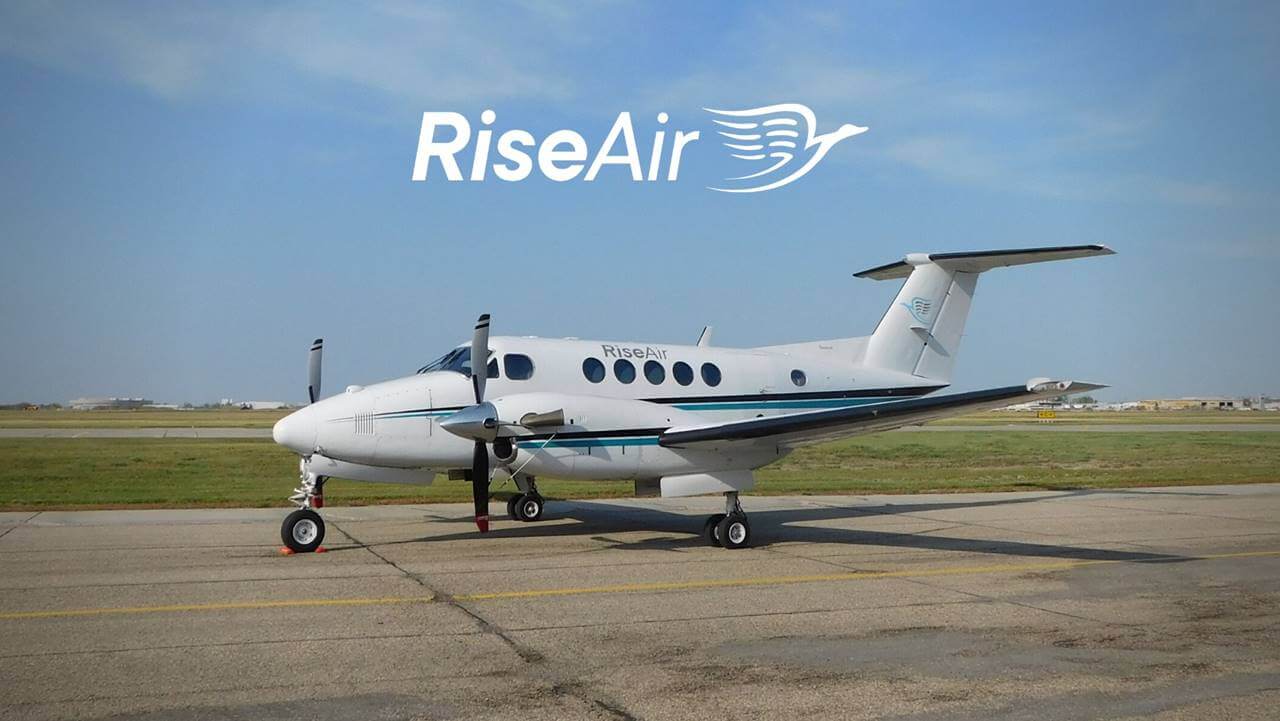Rise Air, a regional airline operating in Canada, plays a crucial role in connecting remote and underserved communities across Northern Canada. Specializing in providing reliable air services in challenging and often remote landscapes, these bases and hubs are strategically located to ensure the best possible connectivity for these regions. These bases are not just departure and arrival points; they are vital in facilitating the airline’s operations, ensuring that communities across the airline’s service areas have access to essential air transport services.
The airline has five hubs situated in Prince Albert, Saskatoon, Stony Rapids, Fond-du-Lac, and Wollaston Lake.
Also Read: Rise Air Flight Attendant Salary and Benefits
Contents

What is a Rise Air Base?
A Rise Air base is a central location, typically an airport, where the airline’s operational activities are focused. These bases are essential for managing the airline’s diverse flight operations, including crew scheduling, aircraft maintenance, and passenger services. For flight crews, including flight attendants and pilots, these bases are where their working day begins and ends, encompassing all necessary preparations for flights and post-flight procedures. Located to effectively serve the transportation needs of Northern Canada, these bases are instrumental in maintaining consistent and reliable air services, especially for remote and isolated communities, thereby playing a crucial role in supporting the connectivity and economic development of these areas.
List of Rise Air Base Hub Locations
1. Prince Albert (Glass Field) Airport Base (YPA)
Prince Albert (Glass Field) Airport is a significant hub located in Prince Albert, Saskatchewan. This airport serves as a key connecting point for flights to northern Saskatchewan destinations. The airline operates routes from Prince Albert to locations like Saskatoon, La Ronge, and Stony Rapids, facilitating essential links for both local communities and businesses in the region.
2. Saskatoon John G. Diefenbaker International Airport Base (YXE)
Saskatoon John G. Diefenbaker International Airport is a major hub in Saskatchewan. From this hub, the airline connects Saskatoon with various northern communities, including Prince Albert, La Ronge, and Stony Rapids. This airport plays a vital role in linking urban centers with remote areas in Saskatchewan, supporting the region’s accessibility and economic development.
3. Stony Rapids Airport Base (YSF)
Stony Rapids Airport is an important hub located in Stony Rapids, Saskatchewan. The airport provides critical connections to other northern destinations such as Fond-du-Lac, Uranium City, and Wollaston Lake. The airline’s operations at Stony Rapids are essential for servicing the remote communities of northern Saskatchewan, ensuring regular and reliable access to these isolated areas.
4. Fond-du-Lac Airport Base (ZFD)
Fond-du-Lac Airport, situated in Fond-du-Lac, Saskatchewan, serves as a key location for the airline’s operations in the region. The airport connects Fond-du-Lac with other northern communities and urban centers, including Stony Rapids and Saskatoon. The airline utilizes this hub to maintain essential air services for the remote areas of northern Saskatchewan, providing vital links for residents and businesses.
5. Wollaston Lake Airport Base (ZWL)
Wollaston Lake Airport is a crucial hub located in Wollaston Lake, Saskatchewan. This airport facilitates connections to other northern destinations such as Stony Rapids, Fond-du-Lac, and Prince Albert. The airline’s services from Wollaston Lake are integral to the transportation network in northern Saskatchewan, connecting remote communities and supporting their access to larger urban areas.
Also Read: How to Apply Rise Air Cabin Crew Hiring

Summary
These hubs are pivotal for the airline’s operations, serving as the gathering points for flight attendants and pilots who are tasked with connecting remote and often isolated communities in Saskatchewan. Each hub is carefully chosen to ensure optimal operations and efficient routing across a network that is crucial for both local residents and businesses in these regions.
This strategic placement of hubs enables Rise Air to provide enhanced connectivity within Northern Saskatchewan, ensuring that even the most remote communities have reliable access to essential services and opportunities. Such a network design ensures superior service quality, catering to the unique needs of the company’s customer base in these less accessible and often challenging environments.